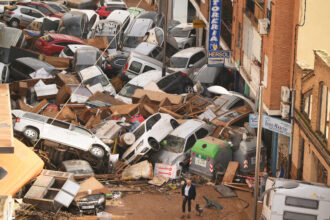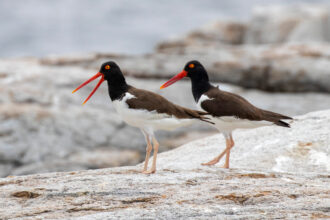
Science
Advances in knowledge about climate change and the effects of warming on our world and way of life.


New Study Reinforces Worries About Pulses of Rapid Sea Level Rise
By Bob Berwyn
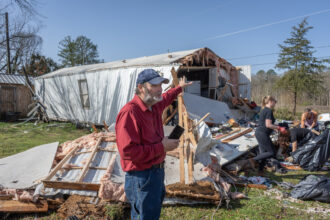
Alabama’s Celebrity Weatherman Pleads for the National Weather Service
By Dennis Pillion
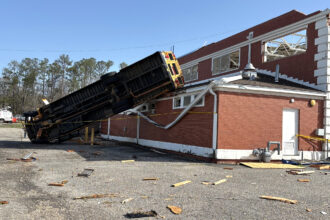
Severe Weather Warnings Persist After a Deadly Weekend of Tornadoes, Dust Storms and Fires
By Keerti Gopal, Lee Hedgepeth
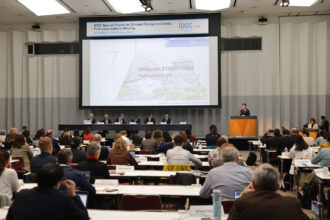
Some US Scientists Stick with the IPCC Despite the Administration Pulling Out of International Climate Work
By Bob Berwyn

The American Beef Industry Understood Its Climate Impact Decades Ago
By Georgina Gustin
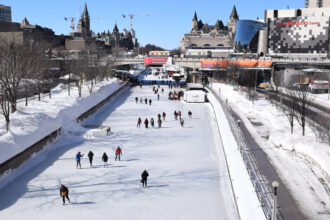
Can the World’s Largest Ice Rink Survive a Warming Planet?
By Phil McKenna
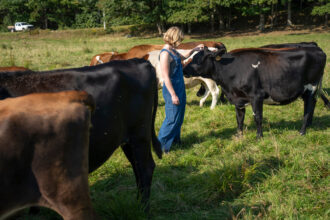
Feeding Cows Seaweed Could Cut Methane Emissions and Diversify Maine’s Coastal Economy, but Can It Scale?
Story and photos by Matilda Hay

Taking It to the Streets: Scientists Mobilize to Fight Trump’s ‘Unprecedented’ Anti-Science Agenda
By Liza Gross, Bob Berwyn, Dennis Pillion, Kiley Bense, Lauren Dalban, Lisa Sorg

US Coast Guard Academy Censors ‘Climate Change’ From Its Curriculum
By Marianne Lavelle

Scientists Are Rising Up to Resist Trump Policies
By Bob Berwyn

A ‘Trojan Horse’ for Toxic Chemicals
By Liza Gross
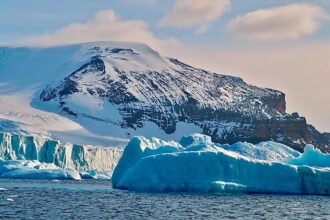
Global Warming Will Weaken Earth’s Strongest Ocean Current, New Study Predicts
By Bob Berwyn
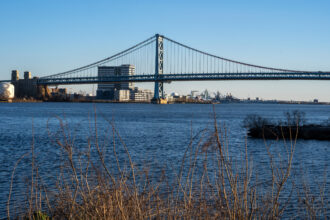
Water Agency Renews Concern That Sea-Level Rise Will Flood Drinking-Water Intakes in Philadelphia, Southern N.J.
By Jon Hurdle
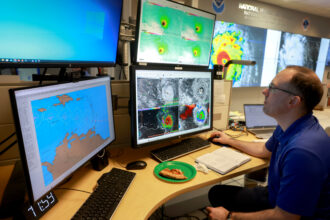
Experts Say Attempted Mass Firing of NOAA Workers May be Illegal and Threatens Public Safety
By Bob Berwyn, Lauren Dalban
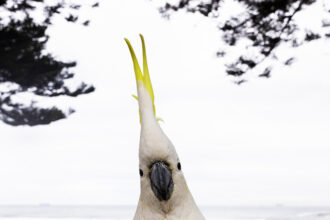
Birds That Live Long and Slow May Be More Vulnerable to Climate Change, Research Finds
By Kiley Price

In Chile, a Declining Forest Worries Scientists
By Andrés Muedano
